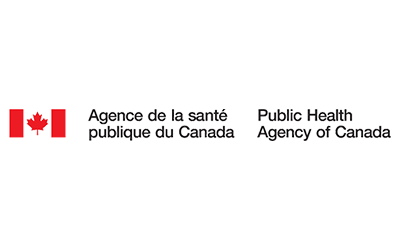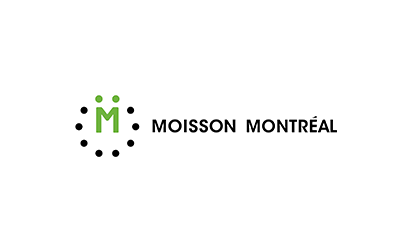To avoid food poisoning, the pregnant woman must ensure that everything she eats is free of pathogens. To do so, it is important to meet certain criteria regarding hygiene, preparation, storage and defrosting food.
To eliminate pathogenic microorganisms that might be present in food and cause food poisoning, the following important steps are required.
HYGIENE
The basic rule is to wash hands with soap before handling food and after handling meat, fish and raw eggs. Also, wash fruits and vegetables under running water. Finally, think about cleaning reusable grocery bags to avoid contamination of food on subsequent purchases. The bags containing spilled meet juices should not be reused.
PREPARATION
When work surfaces, utensils or containers come into contact with meat, fish, seafood or raw eggs, clean them with dish soap before using them again. Avoid contact between cooked products (or products that will not be cooked) and the following raw products: meat, poultry, fish, seafood, eggs and cold cuts. For example, do not reuse a cutting board that was used to cut raw meat to cut foods that will not be cooked.
COOKING
The foods that are most likely to contain harmful bacteria need to be cooked in order to reach an internal temperature to ensure they are safe (see following table). The internal target temperature ensures that the bacteria are killed. Note that cooked meat is no longer translucent (or red or pink) and does not contain liquid blood.
| Game (deer, elk, moose, caribou, antelope), pieces | 74°C | 165°F |
| Eggs | 74°C | 165°F |
| Red meat (beef, veal lamb, etc.), well done | 77°C | 170°F |
| Minced meat and meat mixtures (burgers, sausages) | 71°C | 160°F |
| Minced poultry (chicken, turkey) | 74°C | 165°F |
| Poultry (cuts), seafood, sausages, cold cuts | 74°C | 165°F |
| Poultry (whole) and game birds | 82°C | 180°F |
| Pork | 71°C | 160°F |
| Fish | 70°C | 158°F |
CONSERVATION
Keep perishable foods between 0 and 4 ° C in the refrigerator or at -18⁰C in the freezer. To learn about the different food storage times, follow this link and this one. Avoid leaving meat or other risky foods (poultry, fish, seafood, eggs, meats, cooked rice and cooked pasta) at room temperature for more than 2 hours. Cool down leftovers quickly and avoid heating them repeatedly. Finally, respect the expiry dates of products.
DEFROSTING
Thaw meat in the refrigerator in a deep container, in the microwave oven or in water that is changed frequently to keep it cold. Avoid leaving the meat for more than 2 hours at room temperature. For more information, see How to freeze and thaw food safely.






